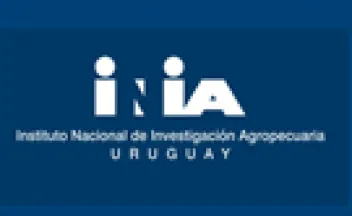Accuracy of indirect predictions for large datasets based on prediction error covariance of SNP effects from single-step GBLUP. [abstract 22].

ABSTRACT - With an ever-increasing number of genotyped animals, there is a question of whether to include all genotypes into single-step GBLUP (ssGBLUP) evaluations or to include only genotyped animals with phenotypes and use indirect predictions (IP) for the remaining young genotyped animals. Under ssGBLUP, SNP effects can be backsolved from GEBV, and IP can be calculated as the sum of SNP effects weighted by the gene content.
